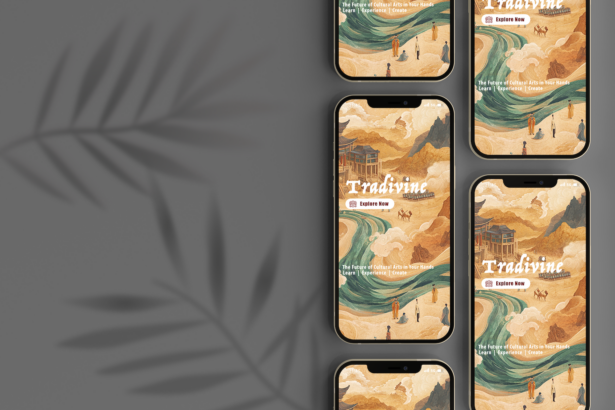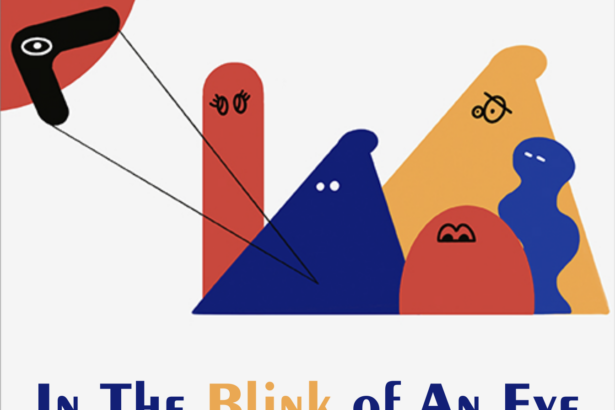The coming of age journey in real life is never as smooth as what we get in the stories. Most of the time, human teenagers don’t understand why they’ve been put together with other equally clueless human teenagers on quests. Sometimes they have an end goal, and sometimes they have a map, but most of the time, they’re just trying to figure it out and in many cases, the band of human teenagers who are meant to help each other end up working against each other. As leaders of student organisations, students often have a map but don’t know how to navigate it well. They know how to run training sessions or how to block the stage, but struggle to work with other human teenagers to lead teams.
To address this, I tinkered at a workshop to get students to reflect more deeply on why they’re on this leadership journey, and what they can do to prepare themselves for it. Working with other humans is the most difficult yet valuable lesson from leadership after all, and if they’re not made aware of this from the start, their learning is compromised. The workshop involves a fair bit of reflection, observation, and actual problem-solving. However, the emphasis is definitely on the reflection because without that, the observations and problem-solving would fall flat.
I started on this project because I’d worked with successive cohorts of student leaders who faced the same problems. I wanted to use my time at HGSE to reflect on my work in school, and to tinker at different projects I’d been thinking about while working, but didn’t really have the time or capacity to actualise, like this one! Many of the decisions I made while working through the project were decisions I would have made while I was working, but because I had the time to iterate slowly and be in conversation with others at regular intervals, they were better informed choices. While many of the decisions were consistent with what I would have done without PCE, the feedback helped to inform my decisions, and made me confident that the decisions would work.
If you work with young people like me, I hope this is helpful to get them to start thinking about what’s needed to make a team work, especially in the context of student organisations. If you’re a casual viewer, I hope some part of this inspires your work, and thanks for taking the time to stop by 🙂
Project Materials


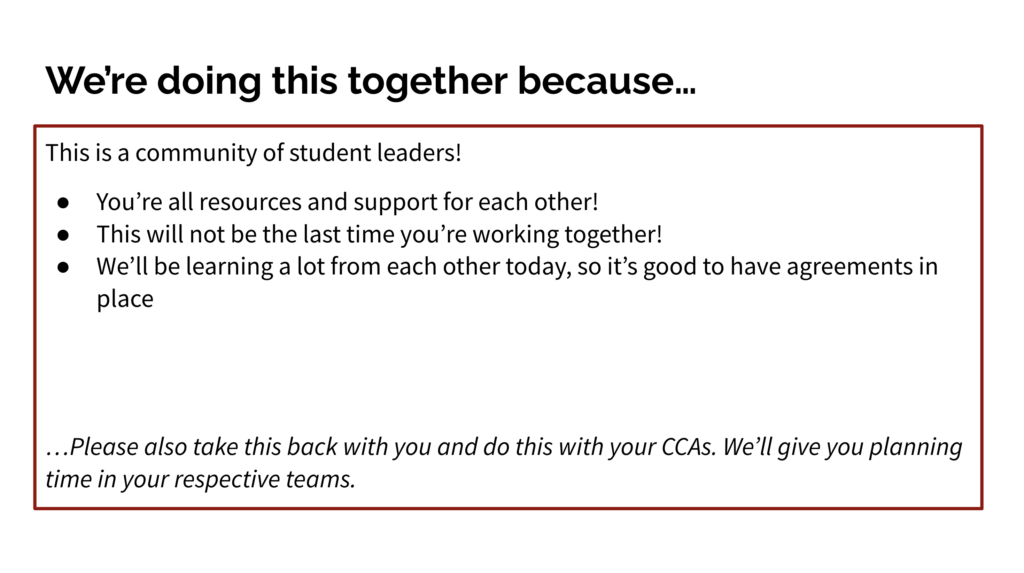

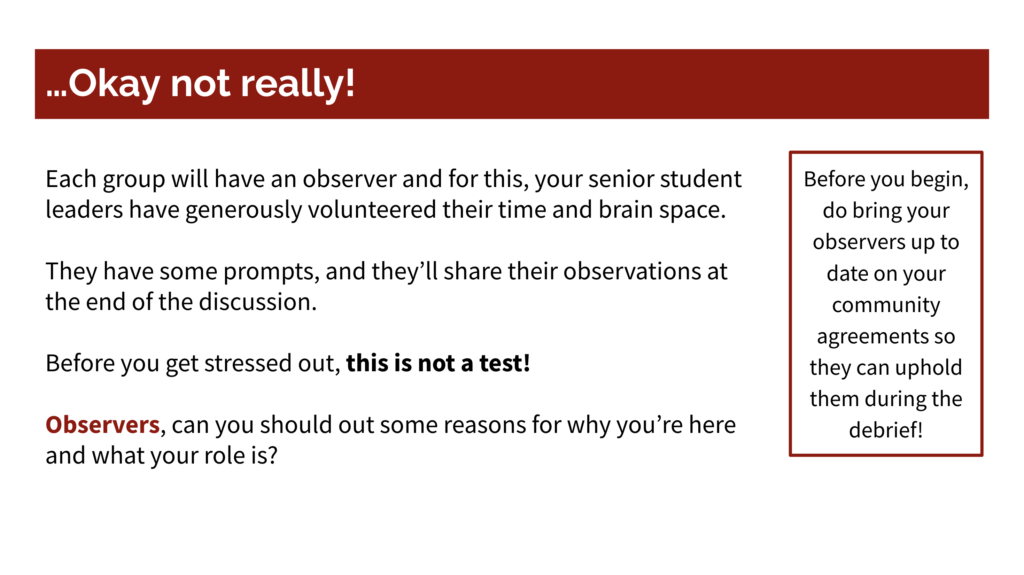
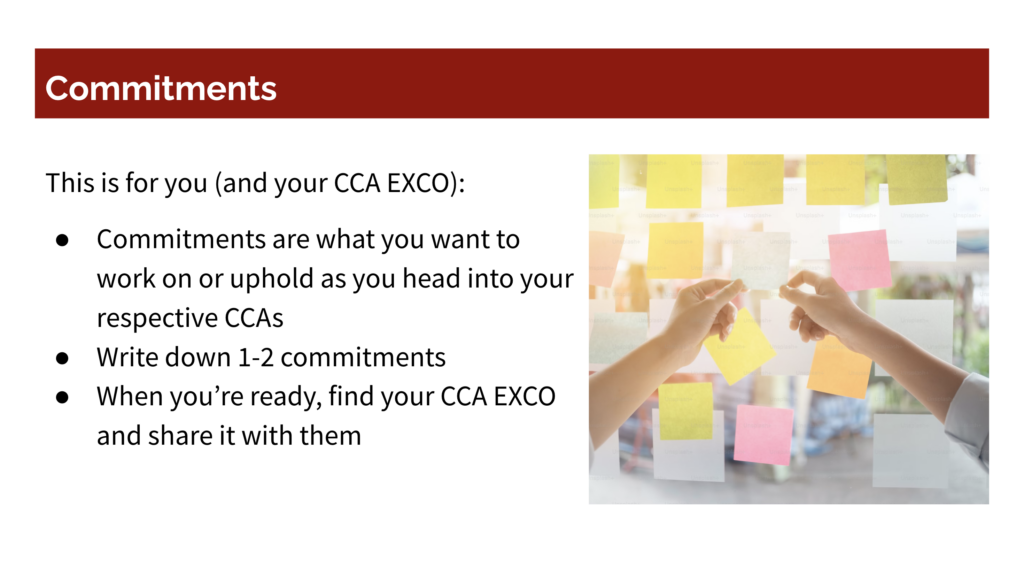
Slides from the workshop to get a feel of the activities and flow. Feel free to access the full package at the very end.
This package includes a lesson plan, handouts for students and student observers, the full deck of slides you see above, and a link to a check-out survey. Feel free to download it, use it, and adapt it to your own needs. My only request if you do that is to credit the source (me!) and reach out to give me feedback about how you used it (e.g. what context, what adjustments you made) and whether you found it effective so I can improve on the project for future iterations. Drop me an email at hazirahhelmy@yahoo.com.sg! I’d love to hear from you, regardless of how well or terribly it went.
In closing, I’m attaching the two slides I used for my madness presentation.
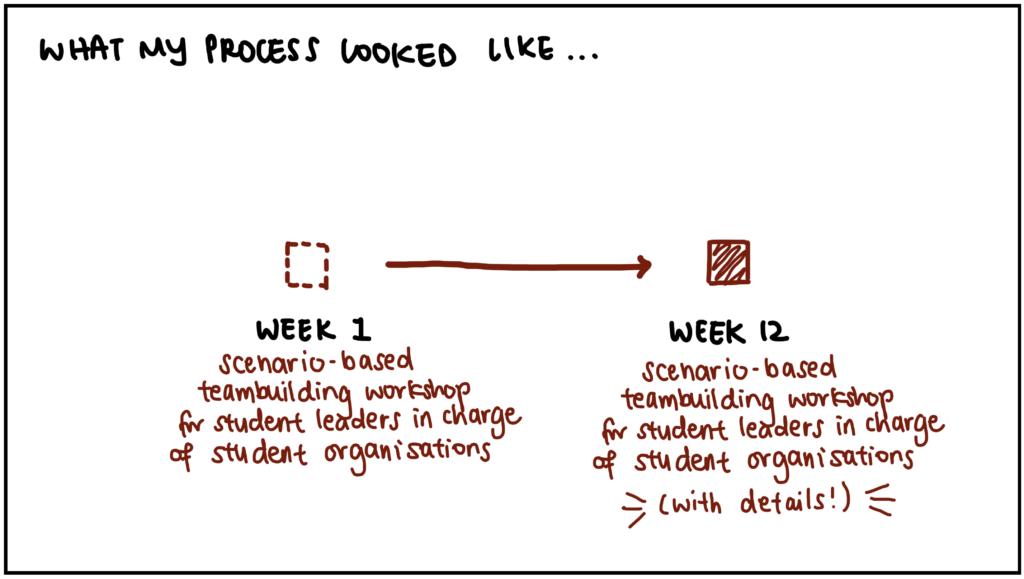

This project would be nothing without the process it went through, especially the feedback from my TF group, Haley, Yilan, Prachi, Jennie, Selina, Cinta, Yuting, Abdi, Emmanuel, Origene, and Nina, and my friends, especially Danna and Beng Yu, who had to listen to me iterate this over and over again. Things that are worth doing are worth doing with love, and to paraphrase the Singaporean poet and playwright, Alvin Pang, “truly … it is what we love that gives us our names.” Through this, I’ve learned to love making, so I think I can safely say that I am a maker! Have fun exploring the resources here, and again, I’d love to know what you think.
With love and the encouragement to keep on making, Hazirah ☺️

